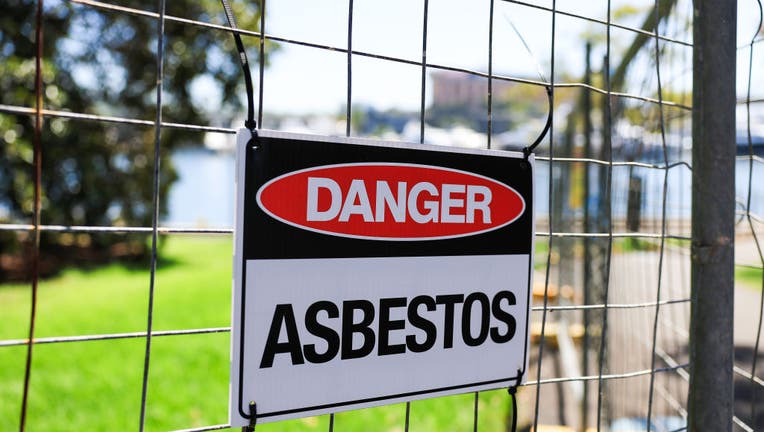What still has asbestos? EPA announces comprehensive ban on carcinogen

(Photo by Jenny Evans/Getty Images)
The Environmental Protection Agency on Monday announced a comprehensive ban on asbestos, a carcinogen that is still used in some chlorine bleach, brake pads and other products and that kills tens of thousands of Americans every year.
What still has asbestos?
Asbestos, which was once common in home insulation and other products, is banned in more than 50 countries, and its use in the U.S. has been declining for decades. The only form of asbestos known to be currently imported, processed or distributed for use in the U.S. is chrysotile asbestos, which is imported primarily from Brazil and Russia. It is used by the chlor-alkali industry, which produces bleach, caustic soda and other products.
Most consumer products that historically contained chrysotile asbestos have been discontinued.
While chlorine is a commonly used disinfectant in water treatment, there are only 10 chlor-alkali plants in the U.S. that still use asbestos diaphragms to produce chlorine and sodium hydroxide. The plants are mostly located in Louisiana and Texas.
RELATED: Actor Gary Sinise recalls son's last days: 'He was happy at the end of his life'
The use of asbestos diaphragms has been declining and now accounts for about one-third of the chlor-alkali production in the U.S., the EPA said.
A ban on the use of asbestos in oilfield brake blocks, aftermarket automotive brakes and linings and other gaskets will take effect in six months. A ban on sheet gaskets that contain asbestos will take effect in two years, with the exception of gaskets used to produce titanium dioxide and for the processing of nuclear material. Those uses would be banned in five years.
What are the effects of asbestos?
Asbestos-related diseases can range from a thickening of a person’s lung cavity that can hamper breathing to deadly cancer.
Exposure to even a minuscule amount of asbestos can cause lung problems, according to scientists. Symptoms can take decades to develop.
RELATED: The breast cancer risk assessment tool Olivia Munn used, and when to get screened for it
According to the Mayo Clinic, symptoms of asbestos exposure can include:
- Shortness of breath
- A persistent, dry cough
- Chest tightness or pain
- Dry and crackling sounds in your lungs when you inhale
- Fingertips and toes that appear wider and rounder than usual (clubbing)
How is asbestos exposure, or asbestosis, treated?
According to the American Lung Association, there is no treatment that can reverse the damage done by asbestos; however, there are certain steps you can take to help slow down progression of the disease and relieve symptoms. They include medication, breathing treatments and avoiding certain activities such as smoking.
The Associated Press and FOX News contributed to this report. This story was reported from Los Angeles.

